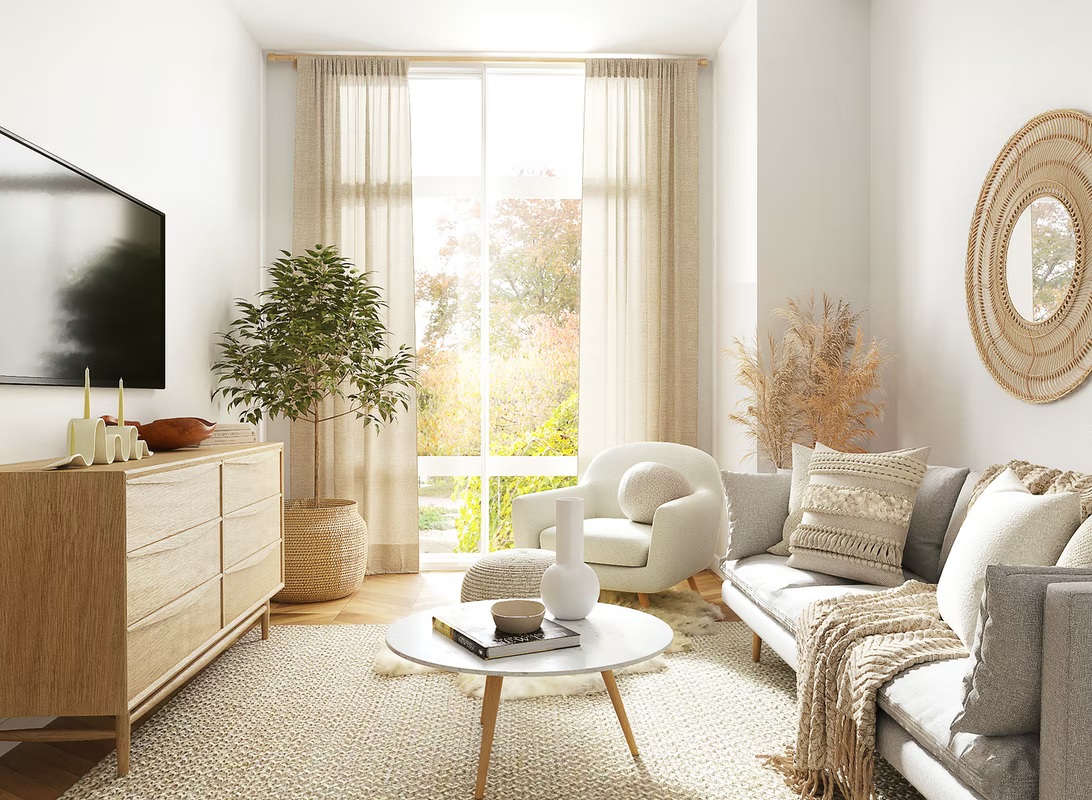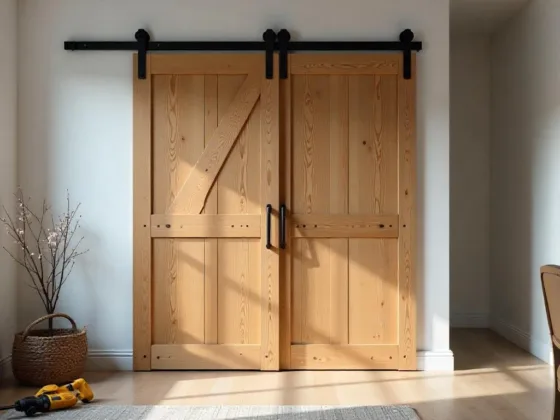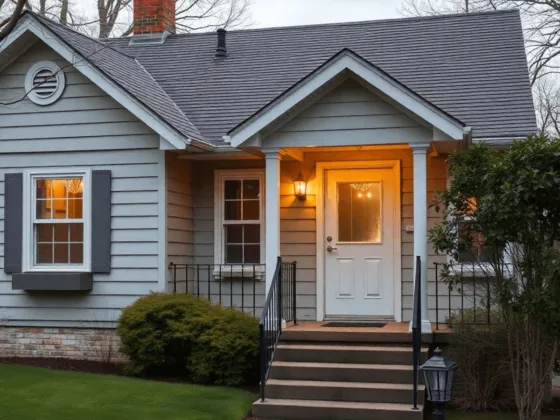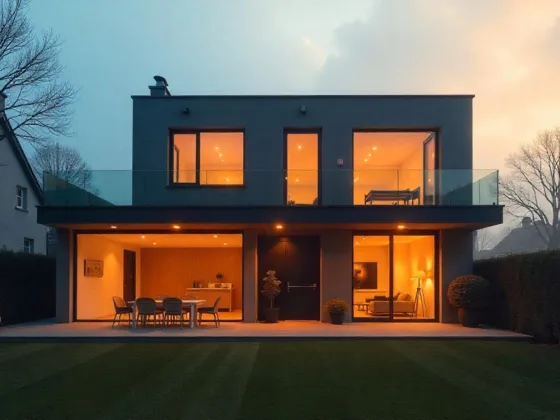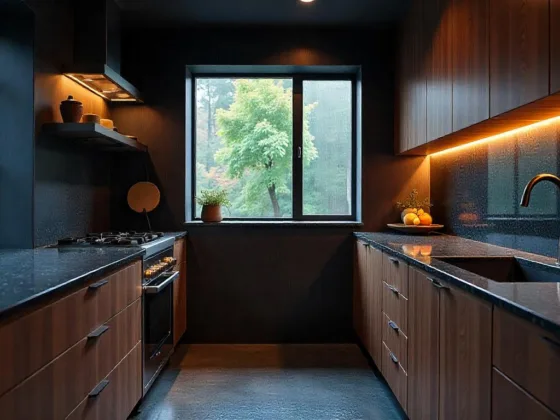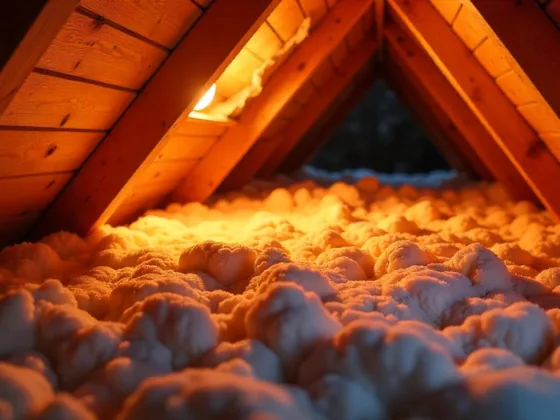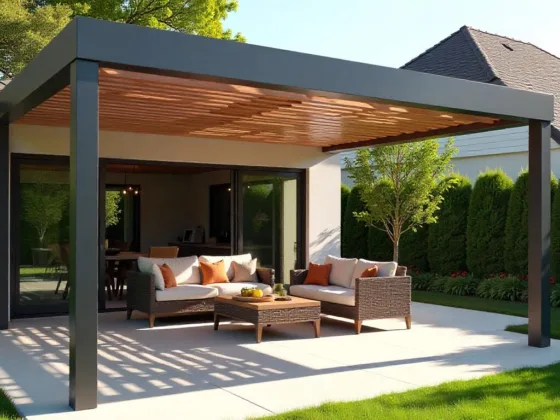Table of Contents Show
The only thing as frustrating as finding hot spots in your home during the summer months is finding cold spots during the winter. Both of these issues indicate a problem with your HVAC system or other factors influencing the air balance in your home.
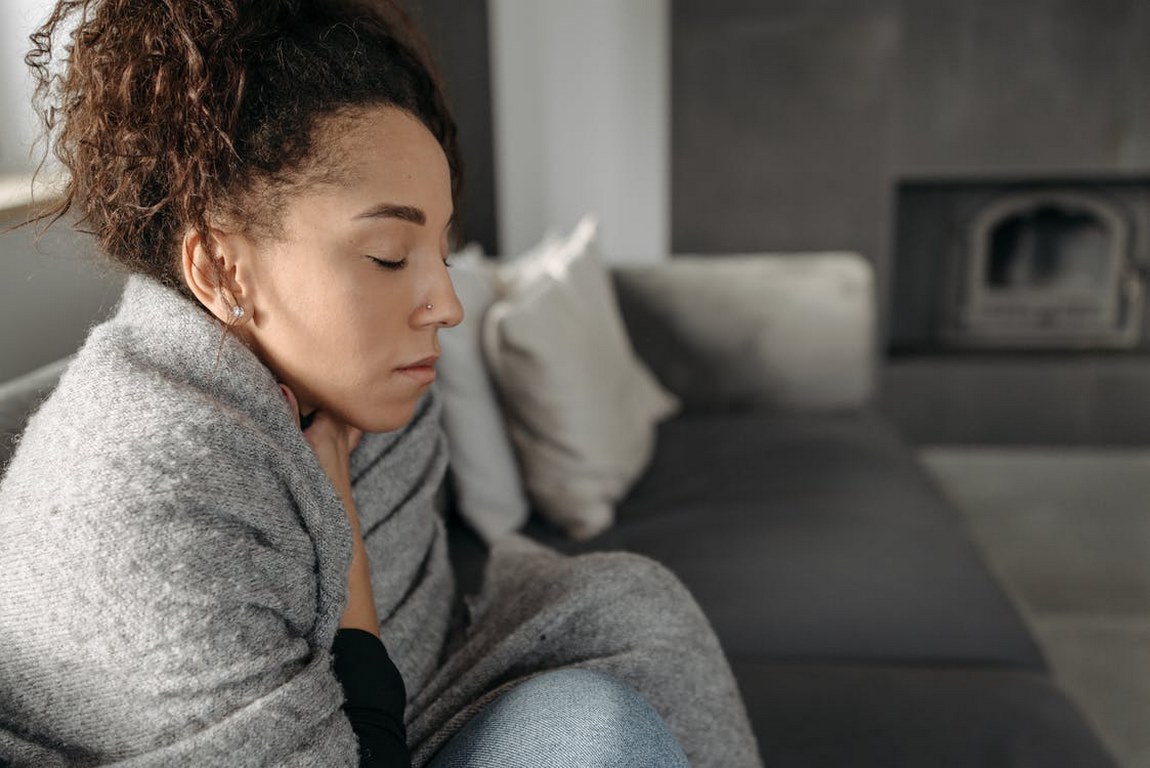
Fortunately, there are plenty of simple things you can do to diminish the risk of hot spots and cold spots. Here are some practical tips for better air balance, quality, and consistency in your home.
Schedule Annual HVAC Maintenance
Your HVAC system plays an integral role in your home, keeping it cool during the summer months and warm during the winter. Beyond impacting your comfort, your HVAC system also impacts the air quality in your house.
Scheduling an annual HVAC maintenance visit with a local company specializing in residential heating and cooling will ensure your furnace and air conditioner are running properly before each season.
The HVAC expert will also address minor repairs and adjustments during this proactive maintenance visit. This appointment typically includes checking the blowers, cleaning filters, greasing moving parts, and clearing debris.
Hot and cold spots often indicate an issue with the HVAC system. This inconsistency could lead you to turn the system on higher or cause the system to push harder to accomplish less.
In both scenarios, you end up paying more for electricity while shortening the lifespan of your system. Scheduling an annual visit is worth the minor expense.
Read Also:
Check for Excess Humidity
Unbalanced humidity levels can impact our perception of the temperature. If you live in a humid area, you’re likely used to the outdoor temperature reflected on a thermostat being quite different from the perceived temperature. The same phenomenon occurs indoors.
If you think there’s an issue with your humidity levels, run a quick test. Mix a glass of cold water with ice and leave it sitting in your living room or bedroom for five minutes.
If condensation is trickling down the sides, your humidity levels might be too high. You likely notice the same effect on your windows during the winter months.
Water droplets stick to the skin when the humidity is too high and impact the perceived temperature. Excess moisture can also lead to the development of mold and illness. Talk to your local HVAC expert to see what approach is best for your house.
Close Doors and Vents
Be strategic in how you direct the airflow of your home. Consider closing doors and vents in unused rooms to redirect air to high-traffic areas. In addition to being more energy-efficient, this will also help minimize hot and cold spots.
As heat rises, closing heating vents to the upper floor of your home will ensure the downstairs is getting enough heat without creating a significant imbalance between floors.
Improve Your Furniture Layout
Your home is also susceptible to hot and cold spots if your airflow is blocked by furniture. In the bedroom, try to place your bed and dresser somewhere away from the vents.
If your options are limited, add a wood block to the back of the furniture to keep it away from the wall.
The same strategy works in your living room. Try to organize large furniture— like a sofa— away from vents. If it’s not feasible, elevate the sofa with removable legs and ensure there’s a significant gap between the back of the sofa and the wall.
Use Fans
Using fans in your home effectively manipulates the airflow and ensures consistency between rooms and floors. Your fans should run clockwise during the summer and counter-clockwise during the winter to help balance the air.
It’s also essential to use the exhaust fan in your kitchen and bathroom to prevent excess humidity and ensure the functionality of your HVAC system.
Use Draft Blockers
Another common cause of air imbalances is the presence of drafts. Windows and ill-fitted doors are the worst offenders of this issue.
Consider using draft-blocking curtains or window film to help with interior temperature control during the summer and winter. Adding a temporary thermal door can also help prevent the draft from exterior doors.
Use a draft detector to determine if there are any other potential offenders in your home. Outlets often lack insulation— a problem that can be fixed with a quick DIY project. Adding a draft sock at the bottom of basement doors or secondary exterior doors is also wise.
Choose the Right Replacement
When the time comes for a replacement HVAC system— whether it’s a furnace, air conditioner, or both— choosing the right size is everything.
Work with your trusted HVAC specialist to find the right size for your house to prevent ongoing temperature inconsistencies. This consideration is especially important if you’ve renovated your home since the original unit was installed.
Your HVAC specialist will also provide guidance on supplementary heat and cooling sources and how they can benefit your home.
Vigilance and proactivity are a must for preventing hot spots and cold spots in your house. Run some tests, work with an expert, and create a comfortable environment for you and your family.

